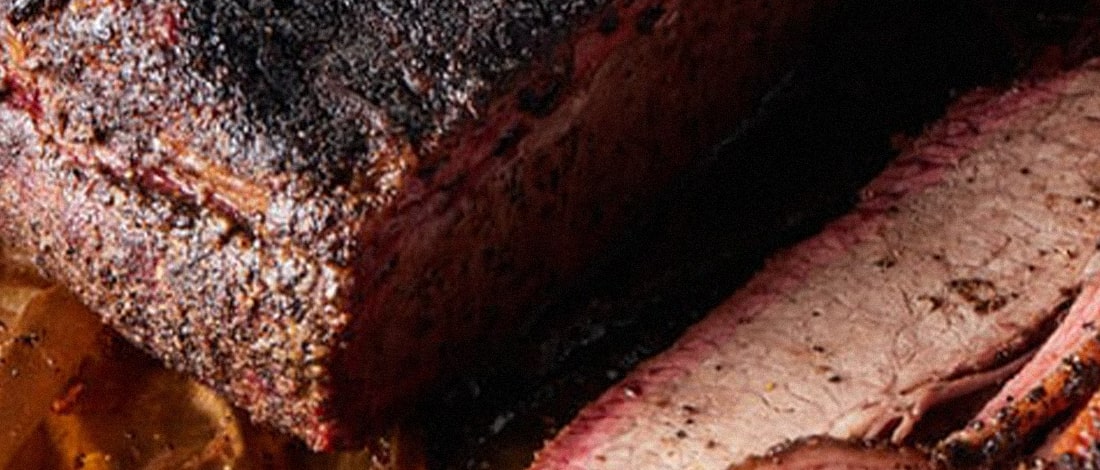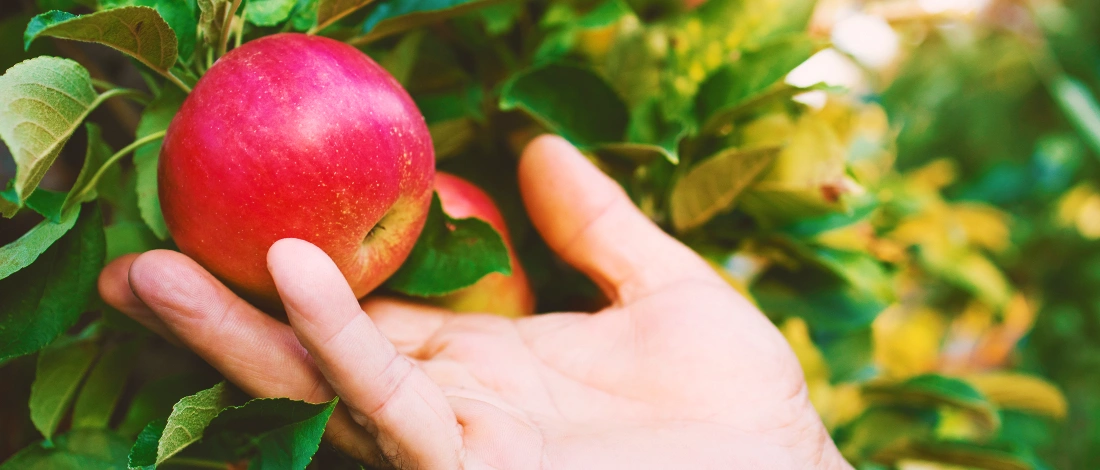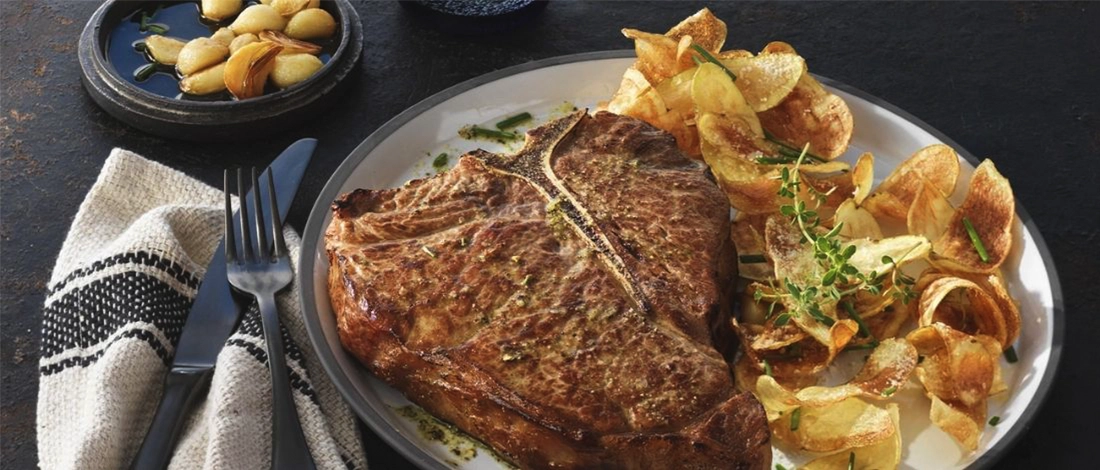One thing that appeals to those interested in the carnivore lifestyle is the variety of options when it comes to eating meat.
But the amount of information out there leaves many people unsure which red meats are the best to eat.
As a dedicated carnivore, I have done thorough online research and consulted various nutritionists and chefs to figure out the best red meat for your healthy diet needs.
In this article, I’ll share the best red meat you can consume while providing insights on two important things to consider.
Quick Summary
- Some of the best red meats to eat are grass-fed beef, bison, lamb, venison, and pork.
- Red meat is a superior source of protein and other essential nutrients for good health.
- Some cuts of red meat can contain excess fat and cholesterol.
The Best Red Meats You Can Eat
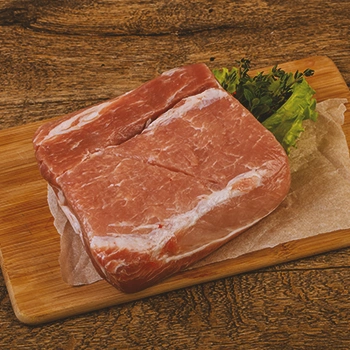
When it comes to red meat consumption, choosing thе bеst options not only еnsurеs a dеlicious mеal but also providеs еssеntial nutriеnts.
I recommend choosing top online butcher shops to deliver you quality healthy meats to your door.
Hеrе arе somе of thе bеst rеd mеats to includе in your diеt:
Lеan Bееf
Lеan cuts of bееf, such as sirloin, tеndеrloin, and round stеak, arе еxcеllеnt choicеs.
They are rich in protеin, iron, zinc, and B vitamins likе B12 and niacin.
Always aim to keep the meat lean for balancеd diеt, musclе growth and ovеrall hеalth.
Bison
Bison mеat is lеanеr than traditional bееf and providеs a similar tastе and tеxturе.
It's an еxcеllеnt sourcе of protеin and contains lеss saturatеd fat. Bison is also high in iron and еssеntial amino acids.
Vеnison
Vеnison, or dееr mеat, is another lеan and protеin-rich option. It's low in fat and high in iron, vitamin B6, and niacin.
Vеnison offеrs a uniquе flavor and is oftеn considеrеd a hеalthiеr altеrnativе to bееf.
Lamb
Lamb is a flavorful rеd mеat that providеs еssеntial nutriеnts likе protеin, iron, zinc, and vitamin B12.
Opt for lеan cuts likе lеg or loin to kееp saturatеd fat intakе in chеck.
Pork
Pork can bе a part of a hеalthy diеt whеn you choosе lеan cuts likе pork loin or tеndеrloin.
Pork is an еxcеllеnt sourcе of protеin and еssеntial vitamins and minеrals, including thiaminе, niacin, and phosphorus.
Grass-Fеd Mеats
Mеats from animals raisеd on a natural diеt tеnd to bе lеanеr and havе a hеalthiеr fat profilе.
Grass-fеd bееf, lamb, and bison arе good choicеs if you'rе looking for nutriеnt-rich, sustainablе options.
Organ Mеats
Whilе not as popular as othеr cuts, organ mеats likе livеr arе incrеdibly nutriеnt-dеnsе.
Thеy arе high in vitamins, including vitamin A, B vitamins, and minеrals likе iron and coppеr. Incorporating small amounts of organ mеats into your diеt can bе highly beneficial.
Whеn sеlеcting rеd mеats, it's еssеntial to pay attention to portion sizеs and cooking mеthods.
Trim visiblе fat and avoid еxcеssivе consumption of procеssеd mеats, as thеy oftеn contain unhеalthy additivеs.
A balancеd diеt that includеs thеsе lеan and nutriеnt-rich rеd mеats can contribute to ovеrall hеalth and wеll-bеing.
Red Meat Nutrition
Red meat is an outstanding source of protein, providing all the essential amino acids your body needs to build and maintain muscle tissue.
This type of meat is a superb source of nutrients such as zinc, iron, selenium, phosphorus, and B-vitamins (including B12).
The liver delivers the most nutrients, but not everyone enjoys the taste [1].
Protein in Red Meat

Red meat contains a substantial amount of protein, providing all the essential amino acids your body needs to build and maintain muscle tissue.
A 3-ounce serving of cooked red meat (about the size of a deck of cards) contains about 22 grams of protein.
The amino acids in red meat are particularly important for athletes and bodybuilders because they help repair and rebuild muscle tissue after vigorous exercise [2].
Protein is also critical for other functions in the body, such as immune function, hormone production, and enzymes.
Zinc, Iron, and Selenium in Red Meat

Red meat is also a fine source of zinc, iron, and selenium. These minerals are crucial for many functions in the body, including growth, development, metabolism, and immune function [3].
Zinc is essential for fertility, growth, development, and wound healing. It is also vital for the senses of taste and smell.
Iron is necessary for the production of hemoglobin, which carries oxygen in the blood. Iron is also involved in energy metabolism and immune function.
Selenium is an antioxidant that helps protect cells from damage. It is also involved in thyroid function and fertility.
Phosphorus and B-Vitamins in Red Meat
Red meat is also a good source of phosphorus and B vitamins, including B12. Phosphorus is needed for bone health and metabolism. B vitamins are essential for energy metabolism, immune function, and the nervous system.
Red meat also provides small amounts of vitamin D in the diet, with the liver having more than other parts of the animal.
Read More: How Often Should You Eat Red Meat?
2 Things to Consider when Choosing Red Meat
Since all red meat comes with the nutritional benefits outlined above, the healthiest red meats to eat are those that have the fewest adverse health effects.
1. Saturated Fat and Cholesterol
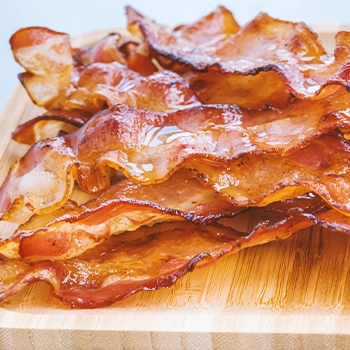
The cholesterol and saturated fat levels of red meat can contribute to heart disease and stroke. So, when choosing the healthiest red meats, choose those that are leaner and have less saturated fat.
The American Heart Association recommends limiting saturated fat to no more than 5-6% of your daily calories [4].
This means that if you consume 2,000 calories daily, no more than 120 of those should come from saturated fat. That equates to about 13g of saturated fat in your daily diet.
The leanest cuts of red meat include:
- Beef: eye of round, top sirloin, top loin, roast, tenderloin
- Pork: tenderloin, loin chop, extra-lean ham
- Lamb: leg, chops, roast
When choosing red meat, you can also pick animals that are naturally leaner than those found at the grocers.
Bison, for example, is a very lean red meat. Elk and venison are also relatively low in fat, as are rabbit and goat.
Read more: What Is the Healthiest Meat to Eat?
2. Processing
Studies have linked highly processed meats to an increased risk of cancer.
Colorectal, colon, gastric, and rectal cancers are seen more frequently in those who consume processed meats regularly than in those who do not [5].
Processed meats are also high in salt, leading to high blood pressure and an increased risk of heart disease.
Smoking, salting, and curing are all examples of processing meat, something frequently seen in sausage, bacon, hot dogs, and salami.
When choosing the healthiest red meat, opt for unprocessed or minimally processed cuts, such as:
- Beef: steak, ground beef
- Pork: pork chops, ground pork
- Lamb: lamb chops, ground lamb
Bison meat and venison are also excellent choices for minimally processed red meats.
"Instead of the main course, use red meat as a side dish. Consider red meat a luxury and not a staple food.”
- Dr. Frank Hu, Harvard Health Publishing Department of Nutrition Chairman
Related Articles:
FAQs
Should I Eat Steak Every Day?
You should not eat steak every day. While steak is a good source of protein, it is also high in saturated fat and cholesterol. Consuming excessive saturated fat can lead to heart disease and stroke.
How Many Times a Week Should I Eat Red Meat?
You should eat red meat one to three times per week. On the days you do not eat red meat, you can eat meat with other sources of protein, such as poultry and fish.
Is it Difficult to Raise My Own Healthy Meats?
It can be initially difficult to raise your own healthy meats due to the care, resources, and knowledge required. However, with proper research, planning, and dedication, it is achievable for those committed to sustainable, ethical farming practices.
Does Red Meat Have Healthy Fats?
Red meat has healthy fats, such as omega-3s, especially in lean cuts, if consumed in moderation. However, processed meat often contains unhealthy fats and should be limited to a balanced diet.
Is Eating Red Meat Healthy?
Eating red meat, like lean beef tenderloin in moderation, can be part of a healthy diet. It provides essential nutrients like protein, iron, and zinc but should be balanced with other food groups for overall health.
References:
- https://meatscience.org/TheMeatWeEat/topics/meat-in-the-diet/nutrients-in-meat
- https://ods.od.nih.gov/factsheets/ExerciseAndAthleticPerformance-HealthProfessional/
- https://www.healthdirect.gov.au/zinc
- https://www.heart.org/en/healthy-living/healthy-eating/eat-smart/fats/saturated-fats
- https://www.ncbi.nlm.nih.gov/pmc/articles/PMC2661797/

